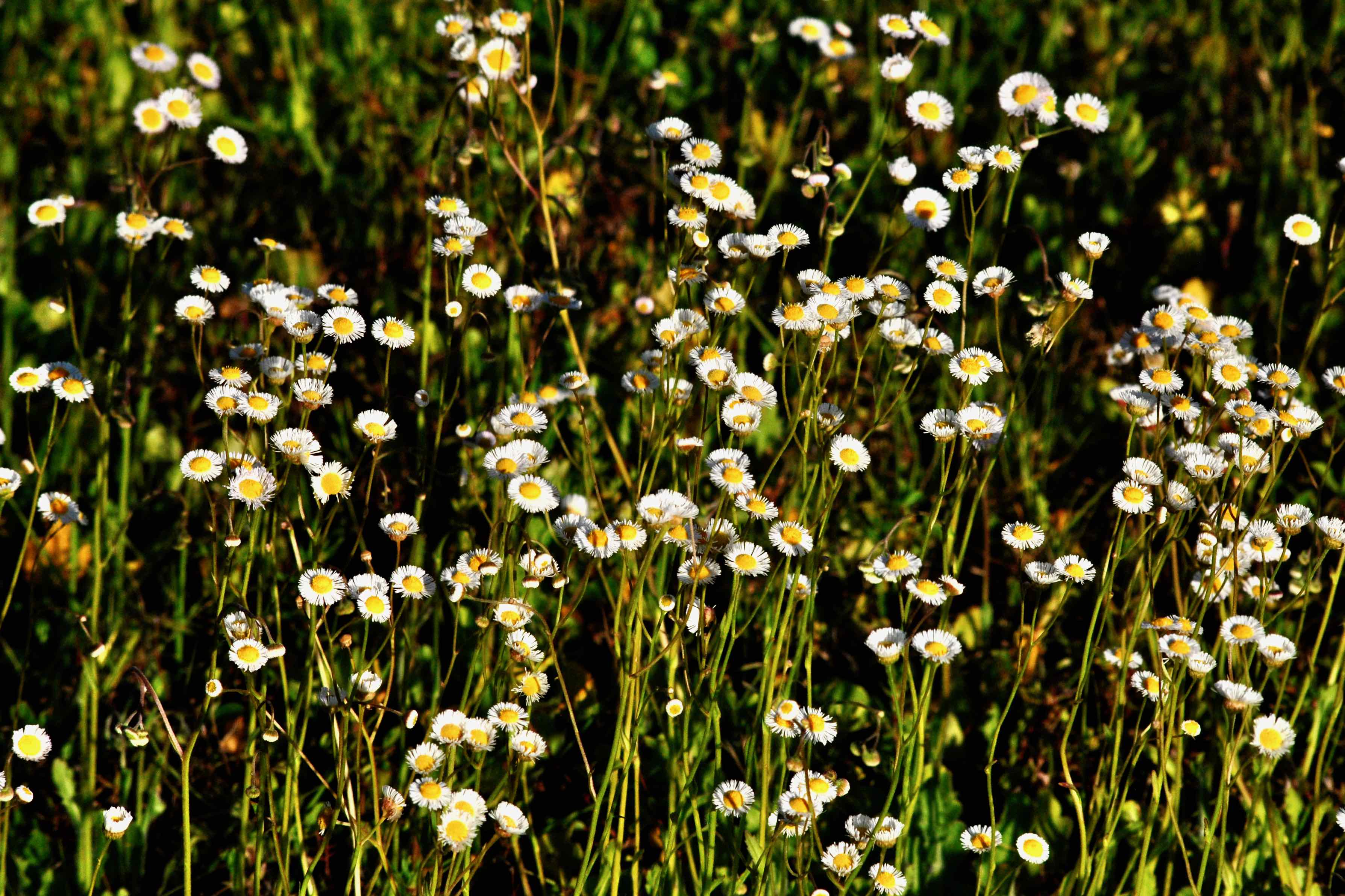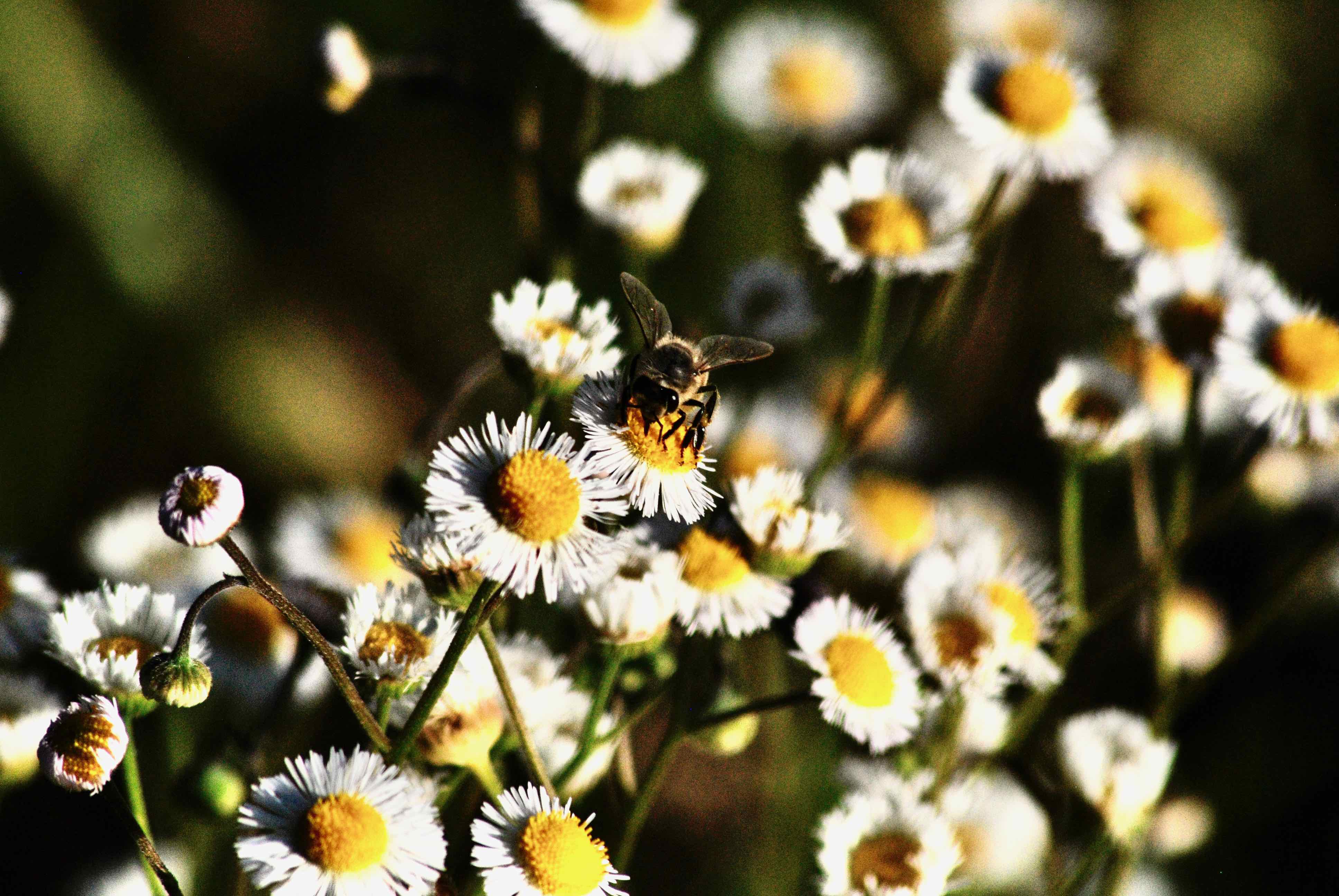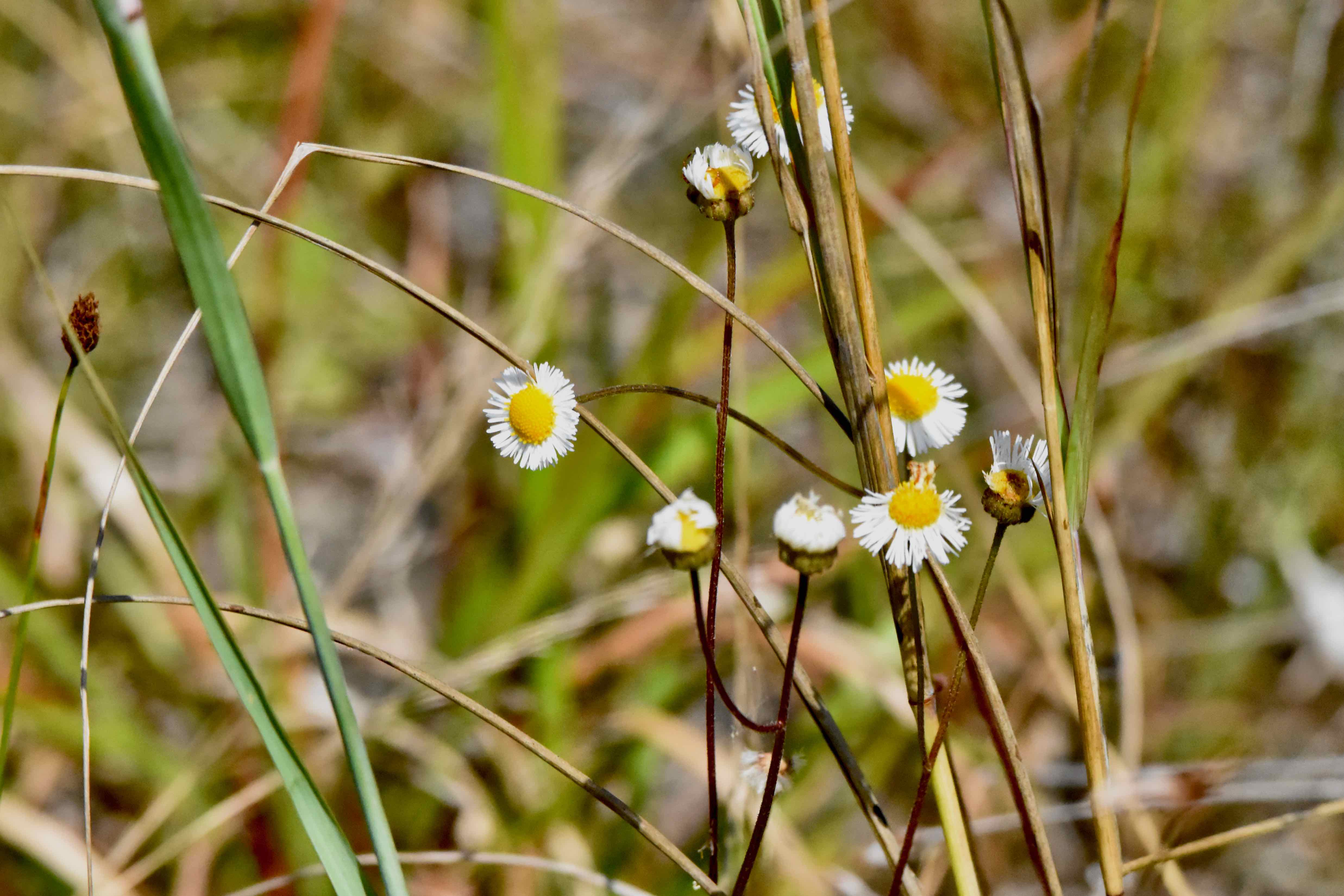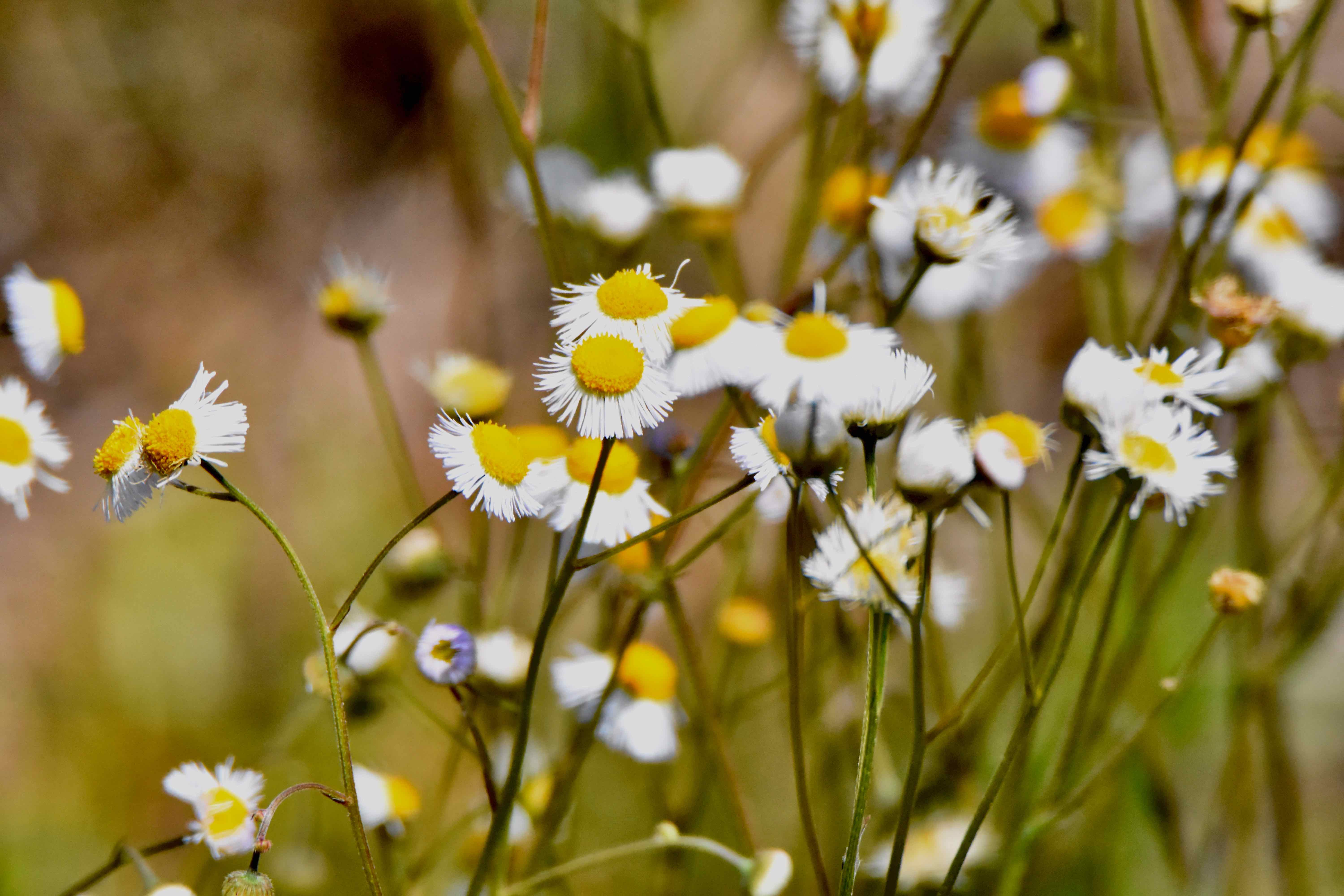
Southern fleabane, photographed in Delray Beach along Lake Ida Road, Palm Beach County, in May 2015.
There are certain flowers that just say spring. Skyblue lupine, for example. Pawpaw, for another. And then there is this one, southern fleabane, Erigeron quercifolius.
While lupine is one of the most beautiful of Florida's wildflowers, it's rare and you've got to do a bit of hiking to find it. Netted pawpaw, aka common pawpaw is more abundant but it's still restricted by habitat.
Southern fleabane, on the other hand, is everywhere, almost literally. Along roads and highways, in fields, you'll find it growing and usually in large numbers. The top photo was taken in a catchment along Lake Ida Road just west of Congress Avenue and I-95 in Delray Beach. We've seen few flowers in South Florida massed quite like this.
Southern fleabane is native to all counties in the Peninsula and most in the Panhandle. Its range extends throughout the eastern United States, as far north as Virginia and as far west as Arkansas and Louisiana. It's also found in the Bahamas.
It's inconspicuous for much of the year, going dormant in the winter. The leaves form a rosette that lies flat to the ground. They resemble the leaves of oak trees, inspiring both its scientific name and a second common name. But when it blooms in the spring, it's impossible to miss. The plant sends up a multi-branched stem from the center of the rosette, with a flower at the end of each branch. The flowers are small, daisy-like, with a yellow disc in the center and small, white or lavender eyelash-like petals around the perimeter.
We've seen some references say that southern fleabane can be as tall as two feet, but what we've seen is much shorter than that, perhaps a foot or less.
The plant almost always grows in great masses, although perhaps not quite as massive as in the photo at the top. The effect is always pleasing to the eye, sometimes spectacularly so. But in a sense, it's both blessing and curse. If you're growing southern fleabane in your landscape, it can be weedy to the point of taking over an area, so experts advise a little caution in its use. It can be used in restorations and in wildflower gardens. We've even seen it recommended for green roofs and walls because of its toughness and tendency to reseed itself. It also attracts a variety of pollinators, including bees and some butterflies.
Southern fleabane likes moist to wet soils and sunny places. Habitats include pinelands, prairies and "disturbed" areas, like roadsides. Some members of the Erigeron genus have been used as food and medicine. Southern fleabane not so much. Some say if burned, it will repel fleas and other pests.
Southern fleabane is a member of Asteracae, the sunflower and daisy family. Other common names include oakleaf fleabane. The Florida Native Plant Society also says southern fleabane is known under the scientific "synonym" Erigeron philadelphicus variety quercinus.



